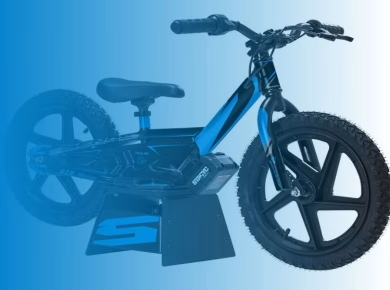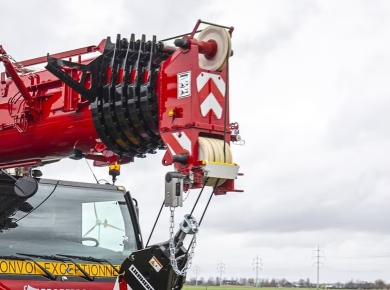The weight of a safety harness can easily be underestimated until you find yourself dangling from a height, fully relying on the equipment strapped to your body. It’s a humbling experience that underscores the importance of proper fit. A harness that feels secure can quickly turn dangerous if it isn’t adjusted correctly, and this distinction can mean the difference between a successful day on the site and a tragic accident.
Understanding Harness Fit
When considering harness fit, it’s essential to recognize that “secure” doesn’t merely refer to how snugly a harness fits. A secure fit ensures that the harness remains in place during movement and, crucially, that it can effectively distribute forces in the event of a fall. A harness that is too loose may slide out of position, while one that is too tight can cause discomfort or even injury.
The Importance of Size and Adjustment
Every body is different, and harnesses come in various sizes for good reason. A misfit harness is not just uncomfortable; it compromises safety. When fitting a harness, start by checking the manufacturer’s size chart, but don’t stop there. Move around, bend, and simulate the tasks you’ll be performing. Adjust the shoulder and leg straps until the harness feels snug but not constricting. Remember, a well-fitted harness should allow you to breathe comfortably while still providing the necessary support.
Common Misconceptions About Harnesses
Many professionals mistakenly believe that a harness is a one-size-fits-all solution. While some brands offer adjustable harnesses, the reality is that fit can vary significantly based on the type of work being done. For instance, a worker on a construction site may require a different harness than a climber working at height on a telecommunications tower.
The Role of Inspection
Regular inspection of harnesses is crucial, regardless of how well they fit. A harness can degrade over time due to exposure to elements, wear and tear, or improper storage. Before each use, inspect the webbing for frays, the buckles for function, and the D-rings for any signs of damage. A little diligence can prevent catastrophic failures and keep workers safe on the job.
The Impact of Movement and Activity
Not all tasks require the same level of movement, and understanding how your harness interacts with your activities will help in making the best choice. For instance, if you’re operating a lift or performing static work, a different fit may be acceptable than if you’re climbing ladders or navigating obstacles.
Choosing the Right Harness for the Job
Selecting the right type of harness for your specific role is paramount. For example, a multi-point harness allows for more mobility and is ideal for tasks requiring a lot of movement. Conversely, a full-body harness provides more support for prolonged periods spent in suspension.
It’s not just about the fit; it’s about the functionality of the harness in relation to your environment. Always consult with a safety professional when in doubt about the best choice for your task.
Real-World Examples of Fit Gone Wrong
Consider a situation where a site manager overlooked the importance of harness fit during a safety briefing. A worker was given a harness that was too loose, and during a routine roofing job, a slip occurred. The harness did not catch the worker adequately, resulting in a severe injury. This scenario could have been avoided with proper training and attention to fit.
These real-world experiences highlight a crucial fact: safety equipment must be treated with the utmost respect and diligence. It’s not enough to simply wear a harness; understanding how to wear it correctly is essential for safety.
Training and Culture
Creating a culture of safety on-site goes beyond compliance; it’s about instilling the importance of proper harness fit in every worker. Regular training sessions that include hands-on demonstrations of fitting harnesses can empower workers to take ownership of their safety. Encourage open discussions about fit, comfort, and any concerns they may have.
Conclusion: Prioritizing Safety Through Proper Fit
The stakes are high when it comes to personal safety on the job, and the right harness fit is a critical component. Understanding the difference between a secure and dangerous fit can save lives. It’s not solely about compliance; it’s about fostering a culture where safety is paramount, and every worker is equipped with knowledge and the right gear.
By prioritizing proper fit, regular inspections, and ongoing training, you create an environment where safety thrives. Let’s commit to staying informed, engaged, and proactive in our safety practices. After all, a little diligence today can prevent disaster tomorrow.


